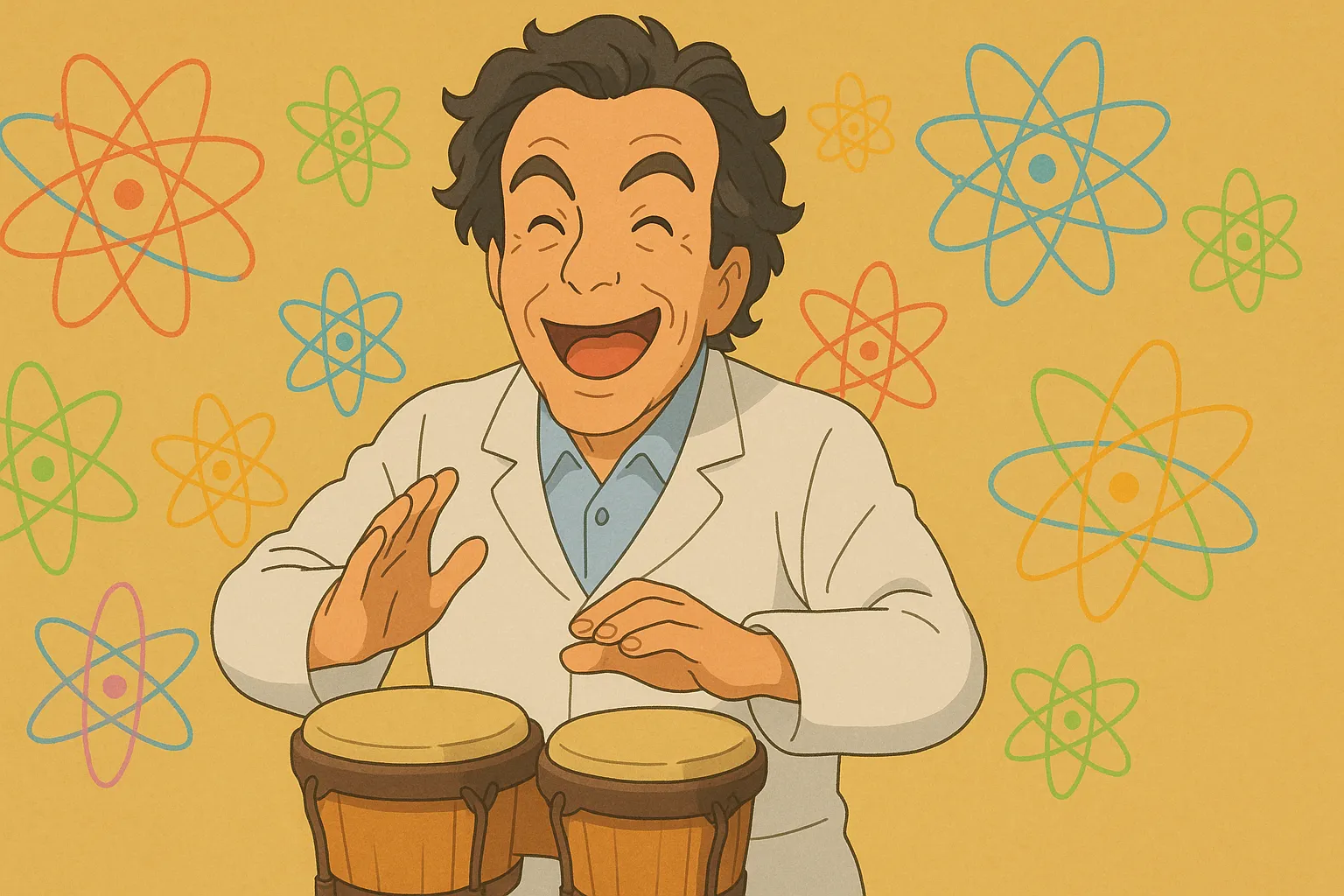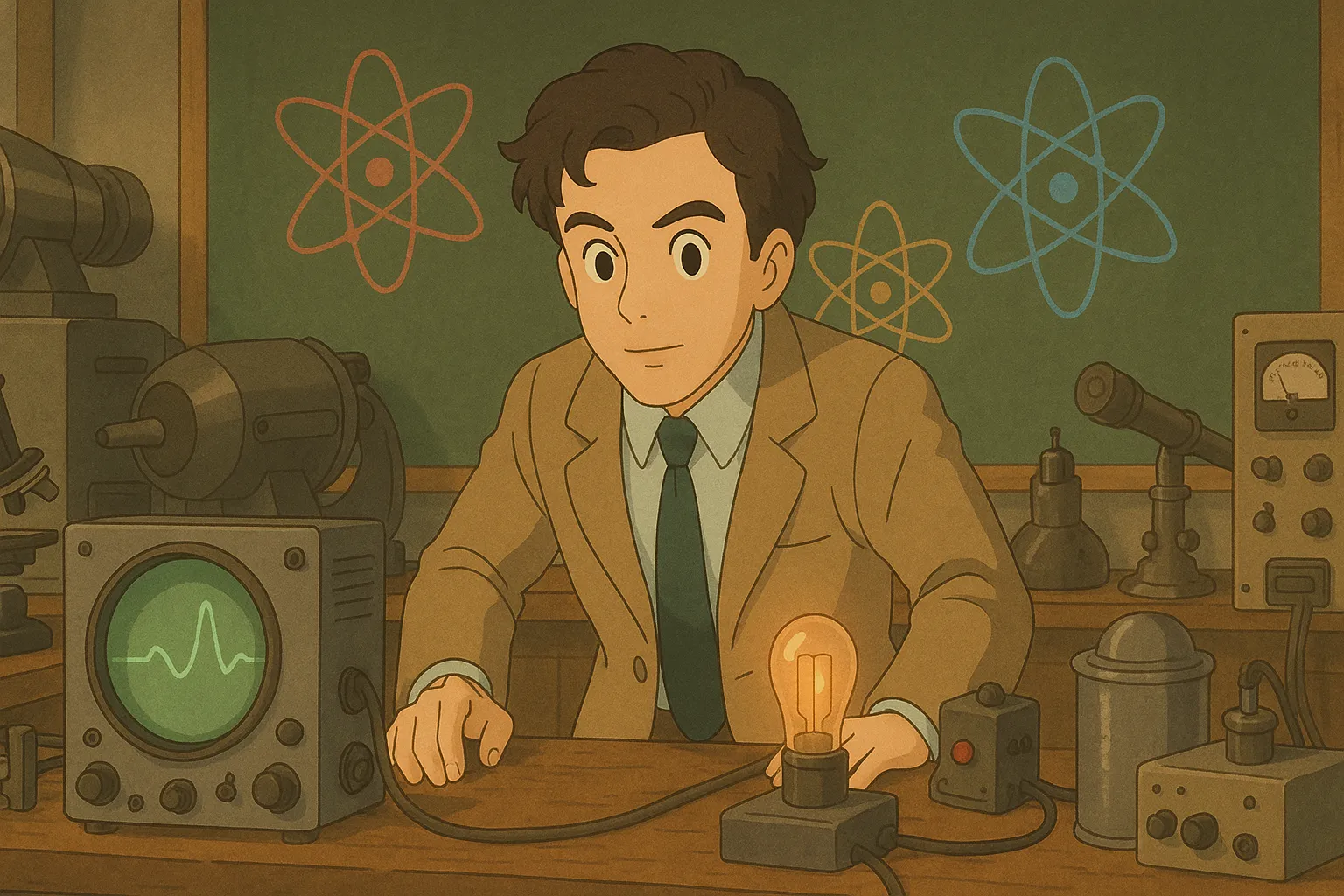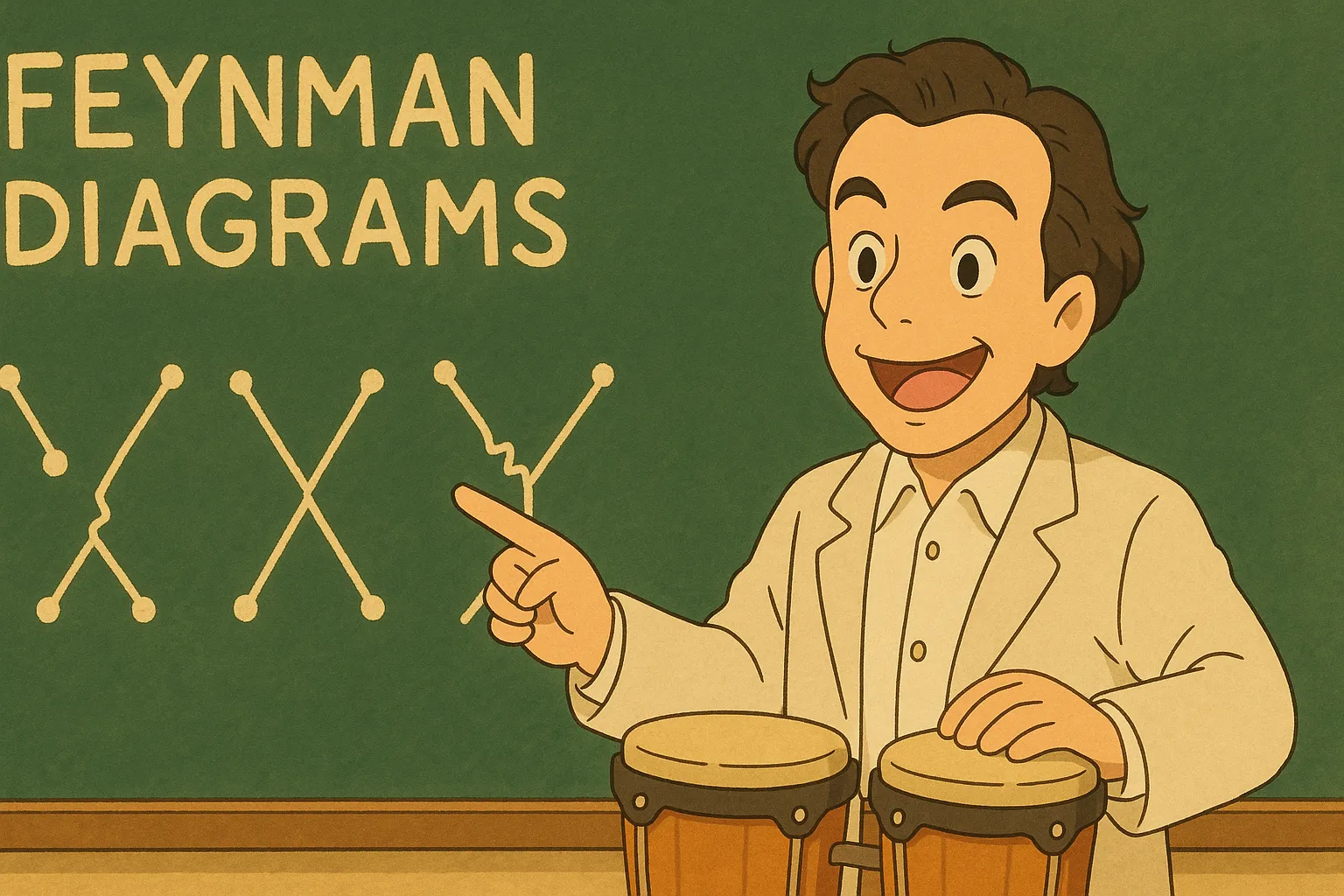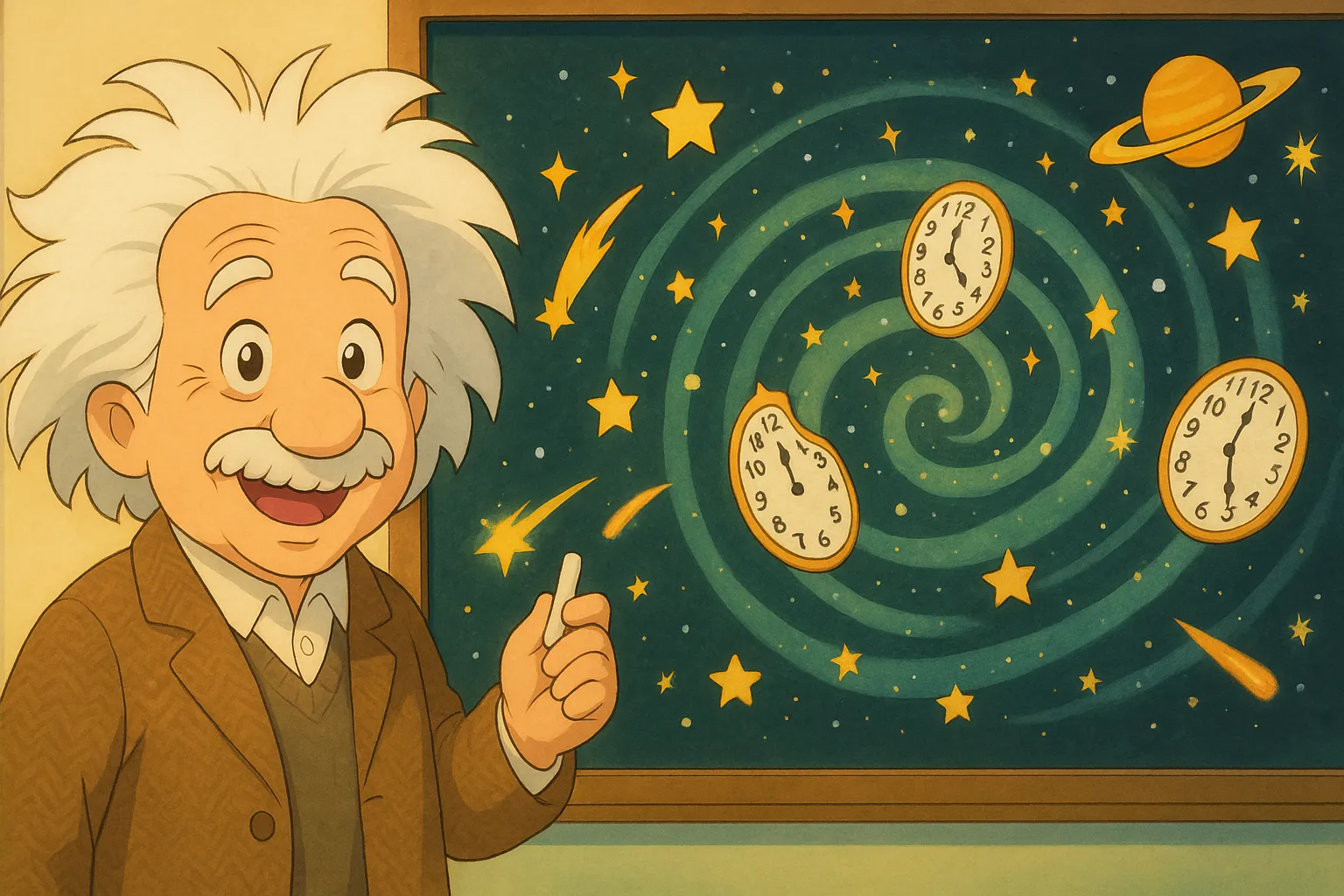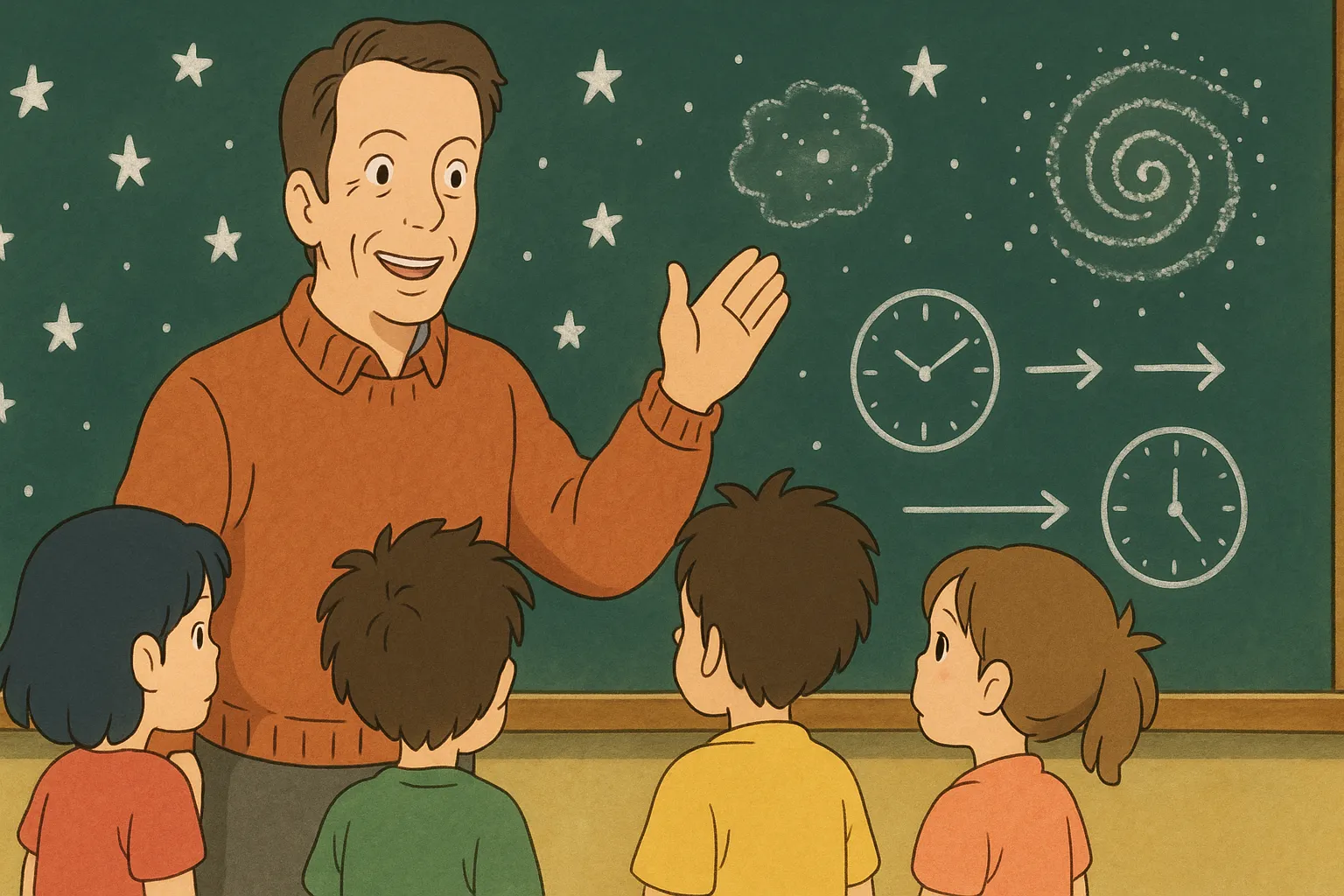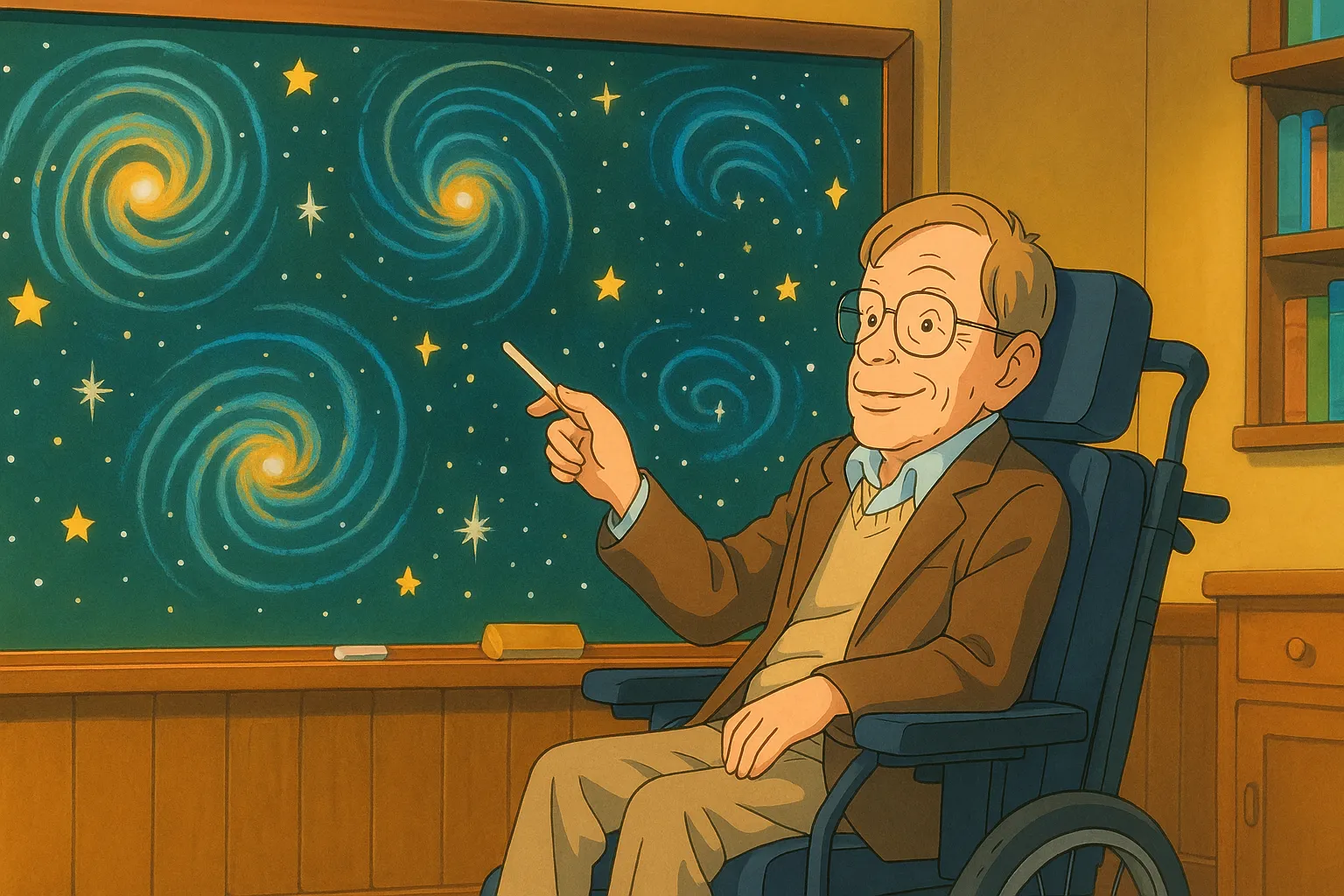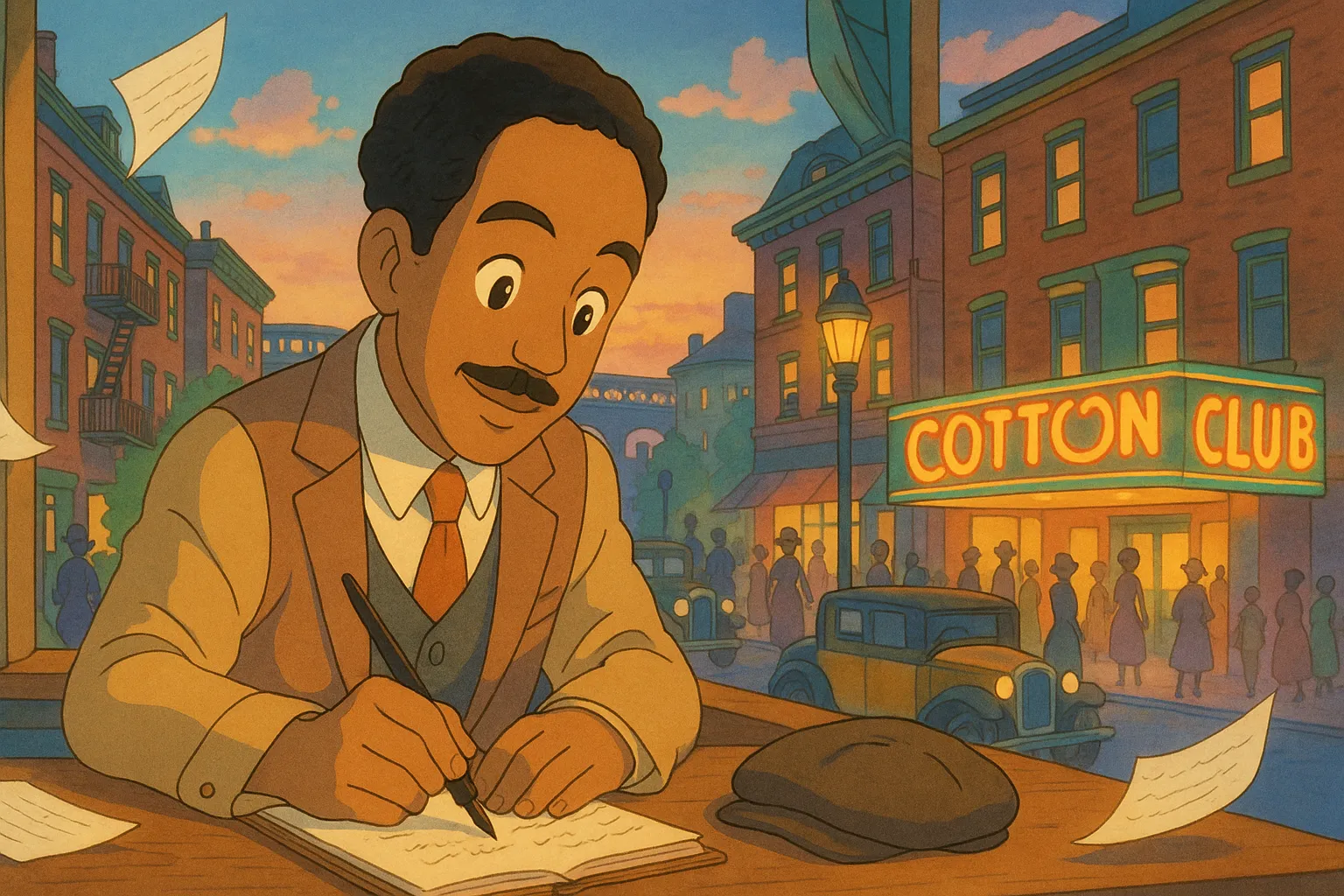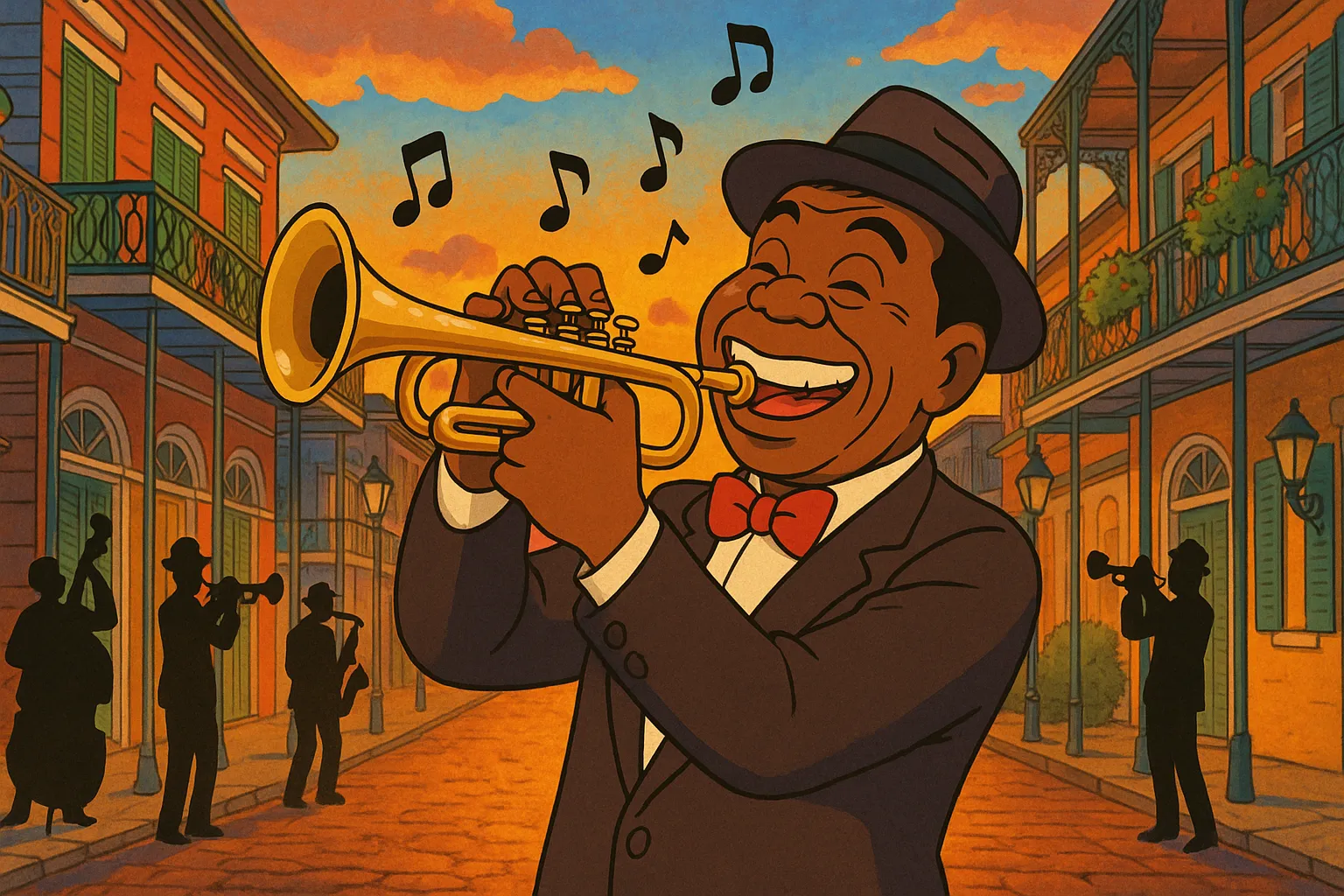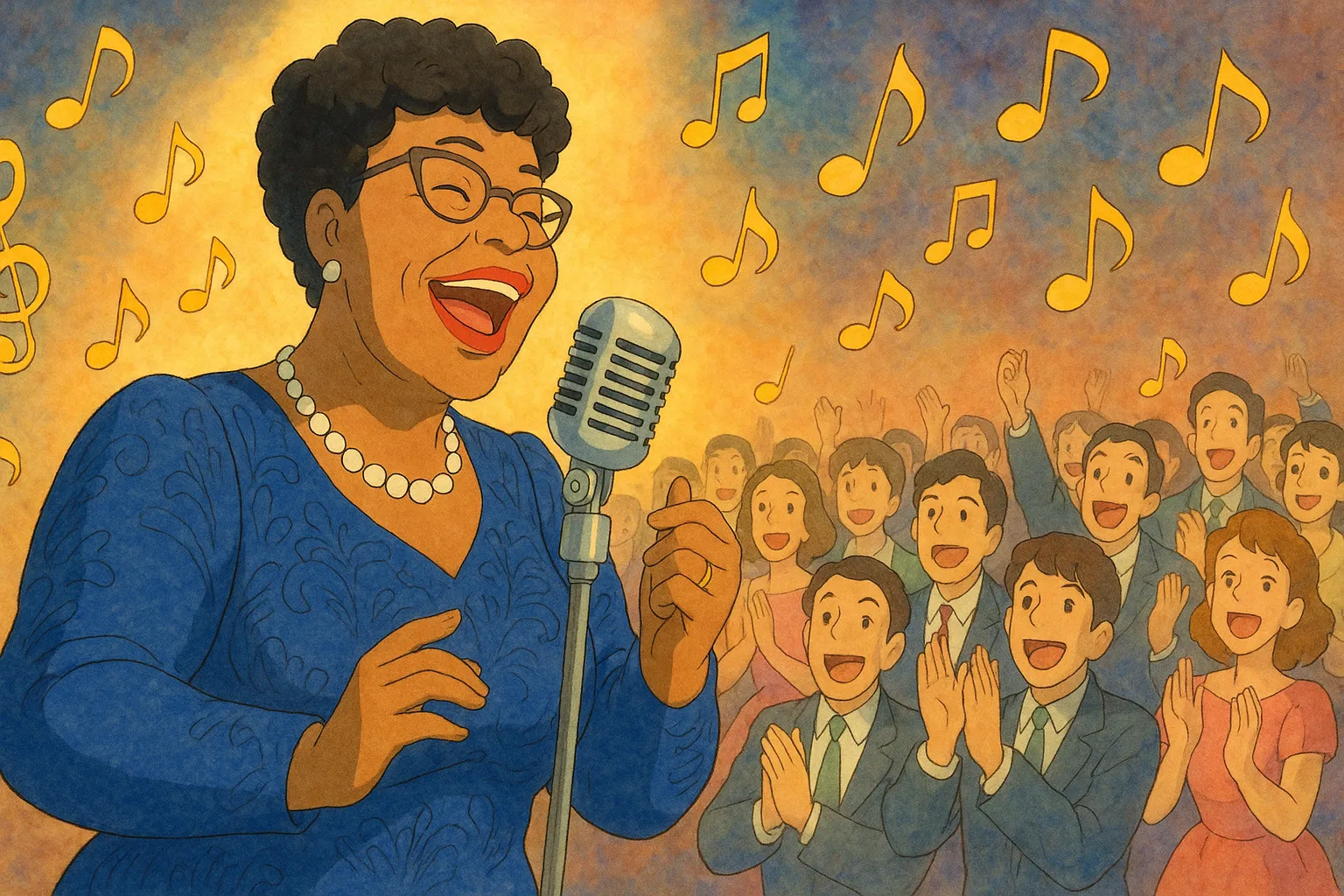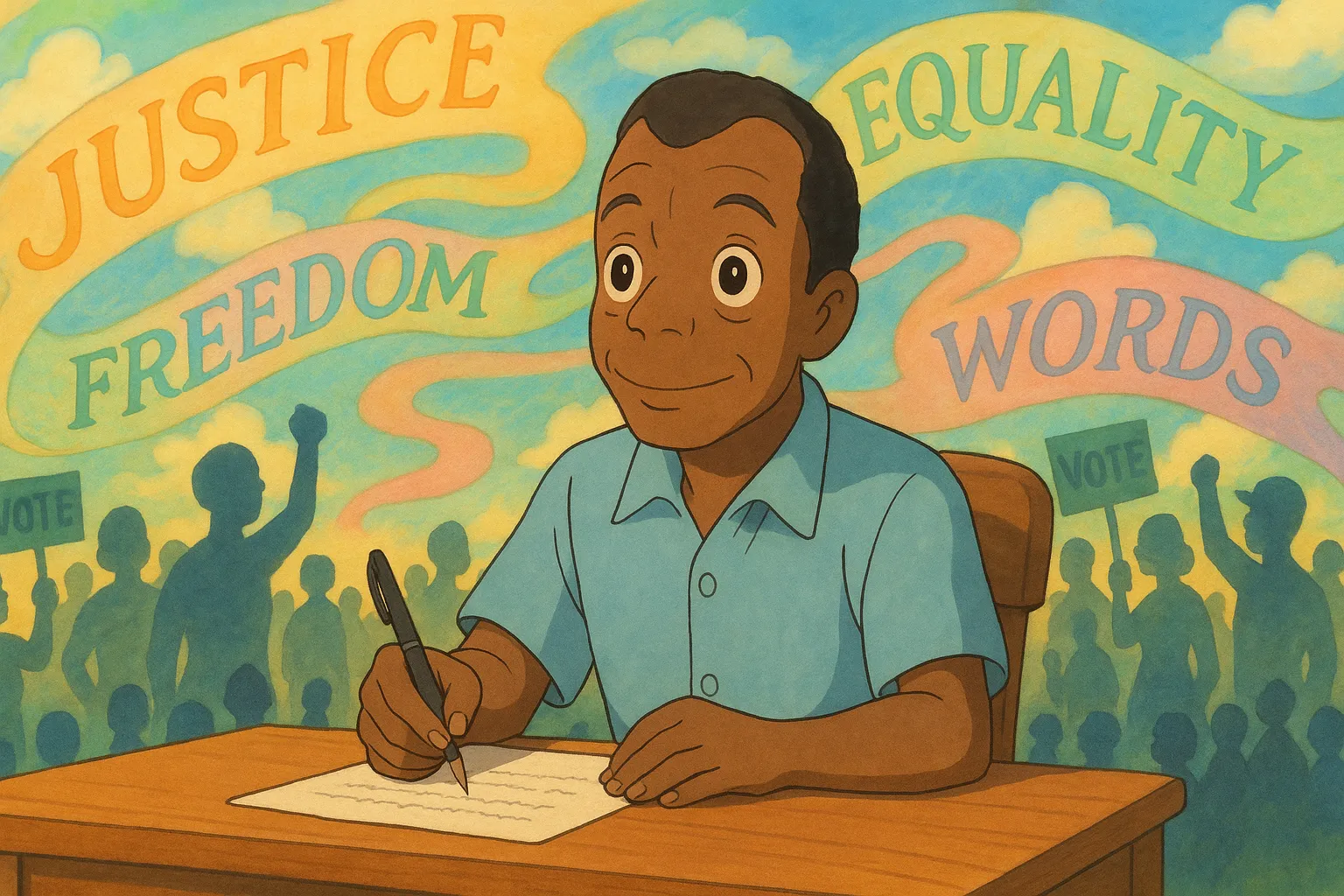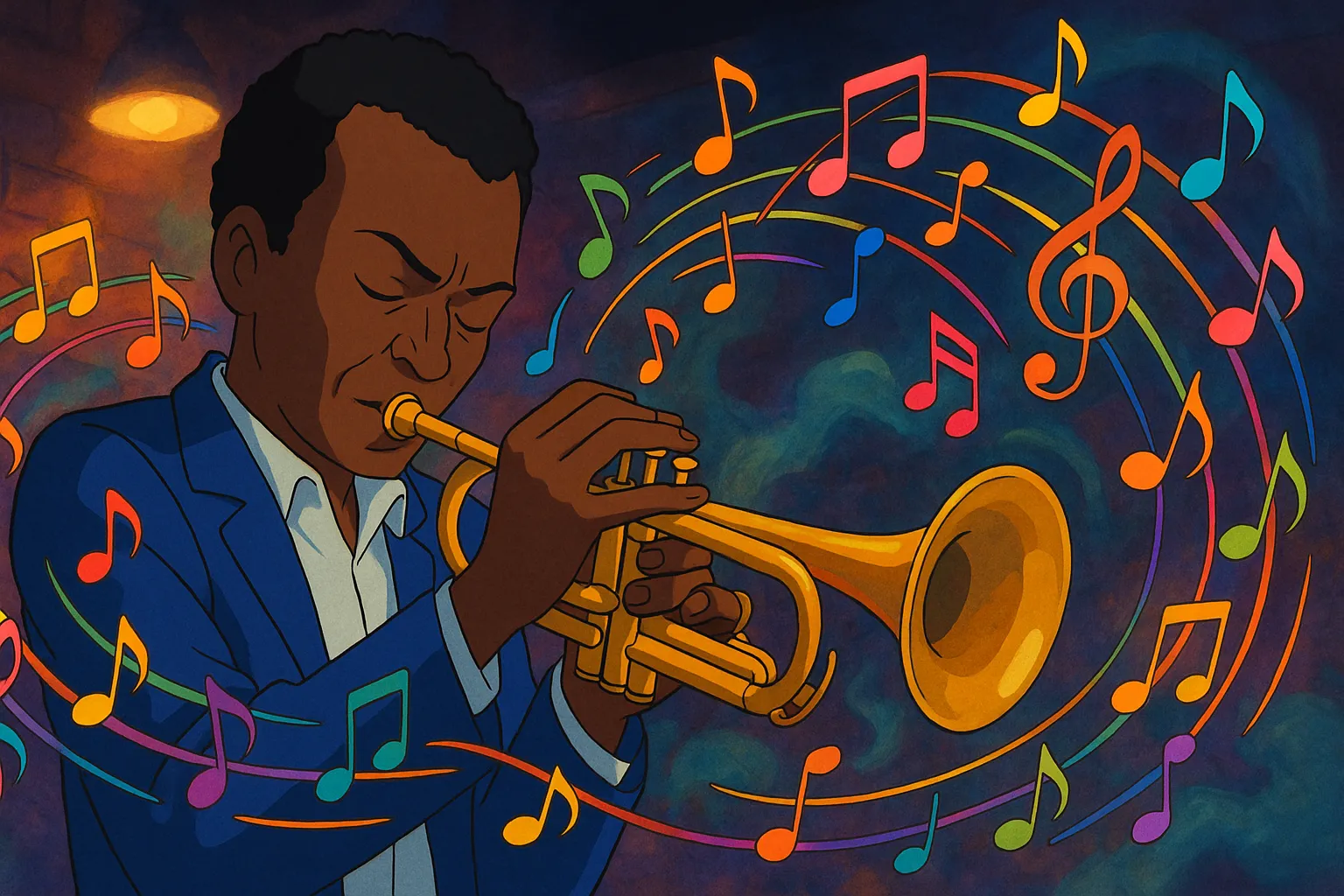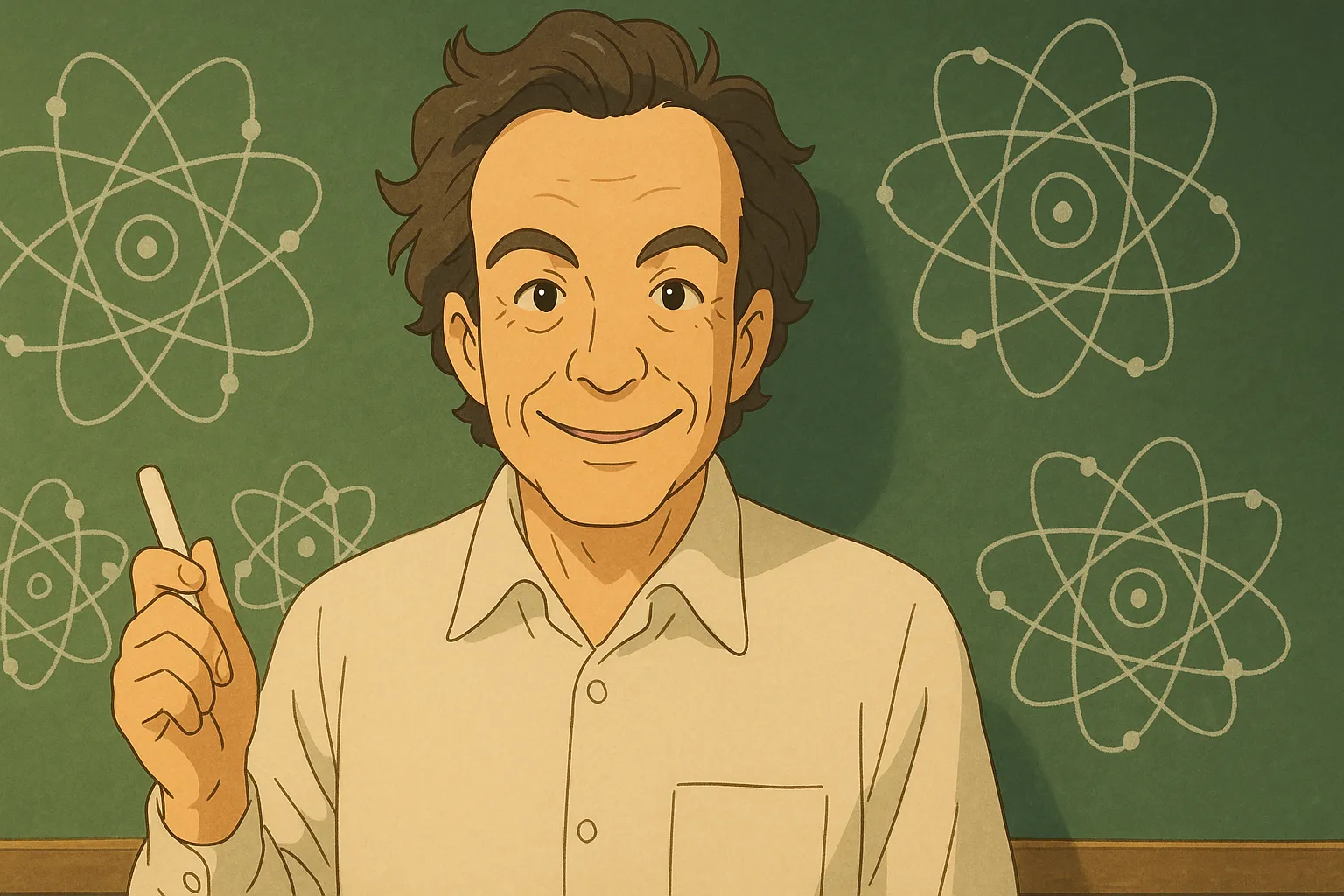
Frequently Asked Questions
Where did Richard Feynman teach for most of his career?
Feynman was a professor at the California Institute of Technology (Caltech) from 1950 until his death, shaping generations of physicists with his lectures and mentorship.
What are the Feynman Lectures on Physics?
A three-volume set based on his undergraduate Caltech courses. They present core physics ideas with clarity and insight and remain popular learning resources.
Did Feynman work beyond particle physics?
Yes. He made contributions to topics like the path-integral formulation of quantum mechanics and explanations of superfluid helium, showing wide-ranging impact across physics.
Did Feynman have a role in the Challenger disaster investigation?
Yes. He served on the Rogers Commission in 1986 and famously demonstrated the O-ring vulnerability by dropping a piece of material into ice water, highlighting engineering risks.
How did Feynman change science teaching?
He emphasized deep understanding, simple models, and hands-on problem solving. His playful, example-driven style helped make complex ideas accessible to students.
Did Feynman influence computing or technology?
He proposed using quantum systems to simulate nature, an idea that helped launch the field of quantum computing and quantum simulation.
Was Feynman honored beyond the Nobel Prize?
Yes. Besides the Nobel, he received multiple honors and was elected to major scientific academies, reflecting broad recognition of his contributions.
